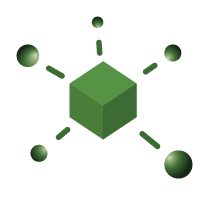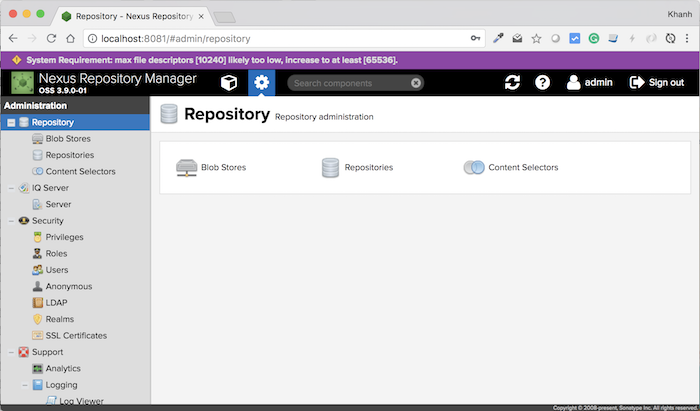

Password mostly works on a linux machine) Step 5: Change Base Url >SMTP Settings -> (host localhost, port 25, no login, no It is a good idea to configure SMTP server, so that you can receive emails from Nexus.Īdmin login -> Left menu -> Administration -> Server User’ in the user list -> Set Password -> click ‘Set password’ to If you want to secure access to nexus, disable ‘Nexus anonymous user’Īdmin -> Left Menu -> Users -> ‘Nexus anonymous user’ -> Status=DisabledĬ) Deployment user: Change password for deployment userĪdmin -> Left menu -> Users -> Deployment user -> Change email addressĪdmin -> Left menu -> Users -> Right click on ‘Deployment Login -> -> Left Menu -> Security -> Change Password -> click “Change Password”ī) Anonymous Access: By default Nexus is open to the public. Login as admin and change the password to a secure password.

Though not required, it is a generally good idea to restart tomcat after installing a new war /etc/init.d/tomcat restart /etc/init.d/tomcat restart Step 3: Configure securityĪ) Change default admin password: The default admin username/password is admin/admin123. In your pom.xml and settings.xml in order to read and publish artifactsĭownload Nexus from here (at the time of writing, latest is 1.6.0) Step 2: InstallĬopy the war to TOMCAT_HOME/webapps/nexus.war It shows you practical configuration and includes code snippets that go (Maven Repository Manager) under Tomcat, or another webapp container. Read more on our dedicated open source page.This tutorial outlines steps required to install Nexus Contact us if you are interested, and find examples here.Īnd by the way, the fact that openLCA is open source causes no obligation to publish or make accessible any data you use, or models you create in openLCA. This makes openLCA also suited for work in highly sensitive areas, but also in education and research.įurther, openLCA is also well suited for tailored software, developed by you or by us. If you want you can inspect the code for any potential issues including security issues and any malicious behaviour.

Since the code and program is accessible, you see the quality of our work. We believe this fits perfectly to Life Cycle and Sustainability Assessment as a user, this brings you flexibility, you do not need to worry about software codes, and are not locked in, and bound by, a closed source, black box software. One reason for its development was to make LCA and Sustainability Assessment more accessible and affordable, and we are grateful for supporters for the project, initially in Europe and later on especially in the US.Īs a result, openLCA is completely free, without any license costs, and there is no catch. This is uncommon for LCA software, where other main software packages are closed source, with costs for a business licence of several thousand Euros. Since its beginning, openLCA is an open source software, according to the standards of the open source initiative.


 0 kommentar(er)
0 kommentar(er)
